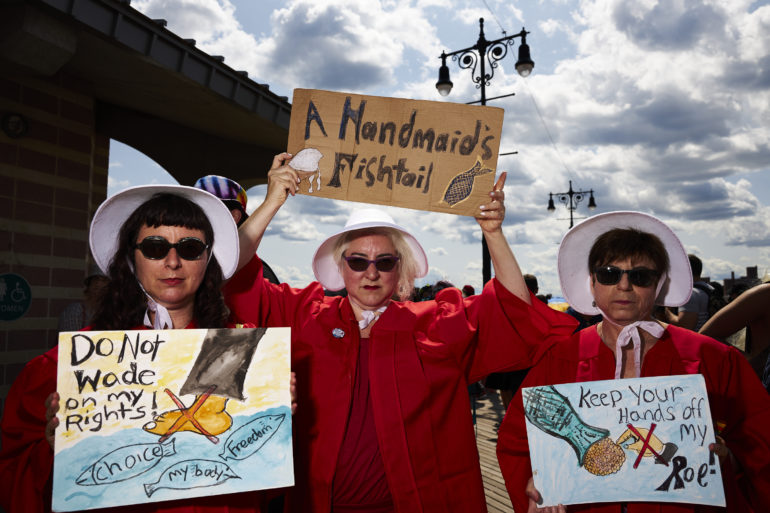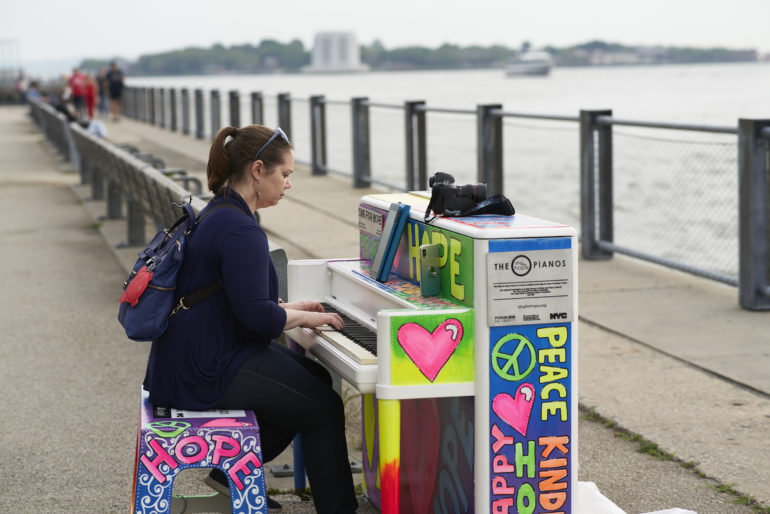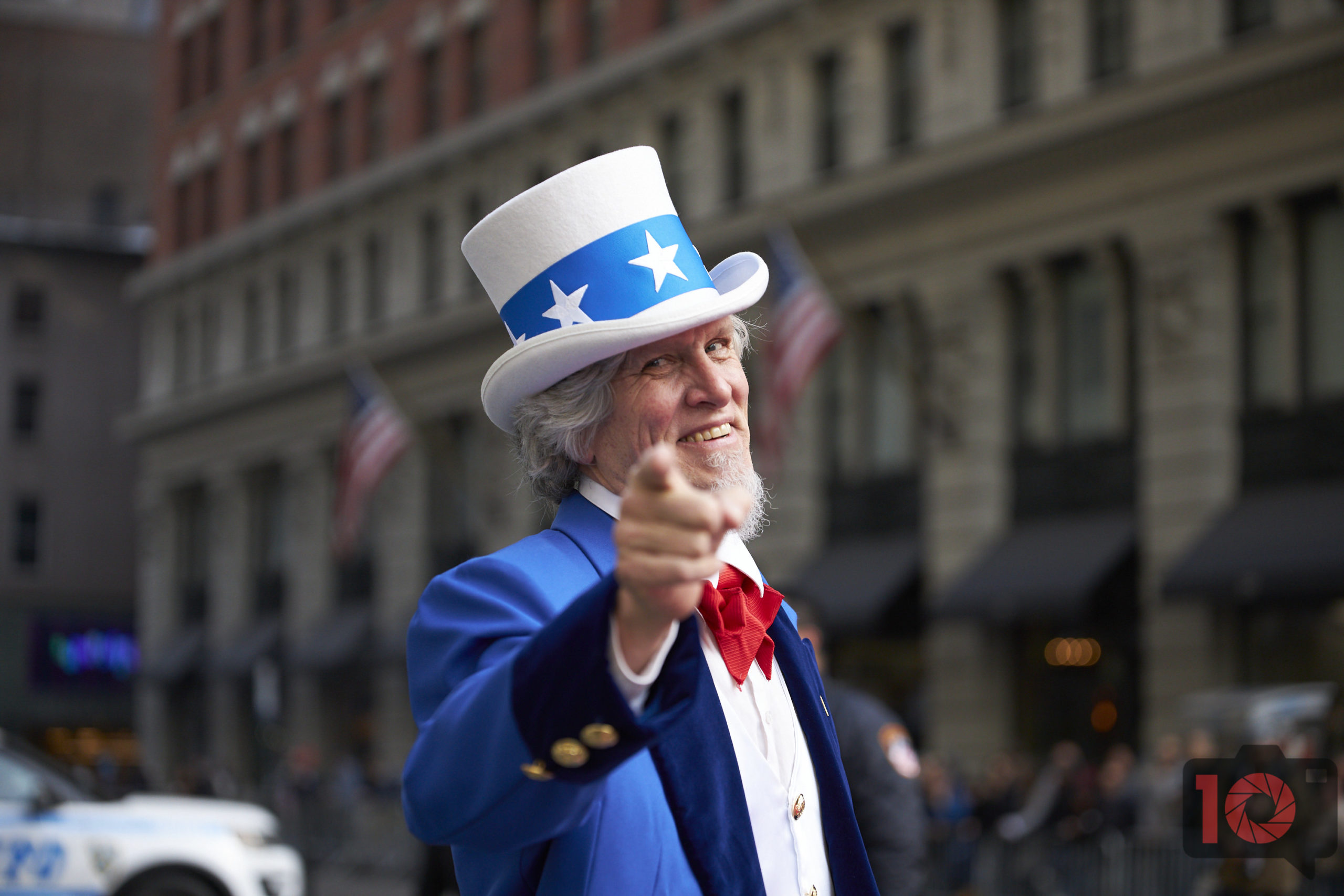Getting into photojournalism and want to know how to improve your snaps? Here are some quick tips and tricks handy for the fledgling photojournalist.
As with all genres of photography, mastering photojournalism will take years and a lot of practice. But, as a budding photojournalist, you have to start somewhere. Fortunately, we have generations of great photojournalists to learn from, and some fundamental tips and tricks that have proved useful to the craft. If you’re still getting the hang of it, this quick guide will be helpful.
Photojournalism, in a nutshell, involves capturing life, significant events, and human interest stories through compelling photographs. A picture paints a thousand words, so the song goes, so a great photojournalist can effectively deliver a story without words. It can be challenging to monitor and document certain situations, as you will need to follow a story as it happens, where it happens. Outstanding photojournalism is built on knowledge and techniques that are both basic and advanced, some of which we have culled from great resources like the list below from Citizen J. So, we’re going to expand on them all.

Correct Exposure
As with any kind of photography, getting your exposure right is key for effective photojournalism. If it’s too dark or too bright, you may obscure or blow out important detail and even repel the viewer. For this, make sure your camera is stable when shooting in low light, and you shoot at ISO 100 when shooting in bright light.
Focus
The main subject of your photo must be in focus to communicate to the viewer clearly what your shot is about. This will help you convey your story better. Here are two important questions to ask yourself when covering a story: What are you showing in your photo? What is the most important element of your image?
Context
One of the fundamental lessons journalists learn about the craft is showing the story, not simply telling it. For a photojournalist, the counterpart is providing context in their photos. This means you have to include all the relevant elements surrounding the story in one image, or in a series of images, if necessary. This will help explain to the viewer what’s happening in your images.
Emotion
A lot of strong images in photojournalism convey the emotion of the moment captured. For this, you need to get close to your subjects so you can capture their expressions, body language, and interactions. You may have to decide to either isolate the emotion of one subject or capture the mood of a crowd.
People
Much of compelling photojournalism involves people, because we tend to gravitate towards stories about other people, and faces tend to humanize a story. To maximize the human element, show people’s faces as much as possible.

Another great resource is the Ten Practical Principles for Photojournalists put together by communication professor Ross Collins of North Dakota State University. Let’s take a look at some of the highlights.
Find unusual angles
It’s every photojournalist’s goal to end up with photos that don’t look like everyone else’s and best show the drama or highlight of their story. For this, you may have to find unusual angles, especially when you’re covering an event and you’re allowed to roam around as you please.
Burn pixels
Shoot as much as you can, from as many angles and vantage points as possible. It’s best to have more to choose from, and it will increase your chances to get a strong image. You’ll have to cover an event or story as it unfolds, so this is one of the cases when you should have more photos for good measure. It used to be challenging and expensive to do with film, as the rule of thumb was to shoot at least one 24-exp roll at any event you’re covering. With digital cameras, you’re only limited by your battery life and storage capacity. Pixels are free! That said, however, don’t shoot in burst mode so you’ll have 1,000+ photos to edit later. That’s a nightmare and definitely impractical.
Go beyond the cliche
Some assignments, themes, and subjects have been covered over and over, so the challenge for every photojournalist is to avoid cliche shots. Look for action, interesting elements, and eye-catching points of interest to better capture the story and convey the drama of your shots.
Have guts
When you’re covering a story, you need to have the guts to get close to the scene, approach people, and ask for their names and story. You’ll need to get as close as possible to get the right angle and cover photo. Keep an eye out for interesting expressions after the posed shots. Get a press pass if you can, as it will allow you access to the VIPs and best spots for covering events.
Found an interesting story or event to cover and want to put these tips to work? We also suggest checking out our Beginner’s Guide to Photojournalism to have an idea about the shots you need to have to show and tell your story.


